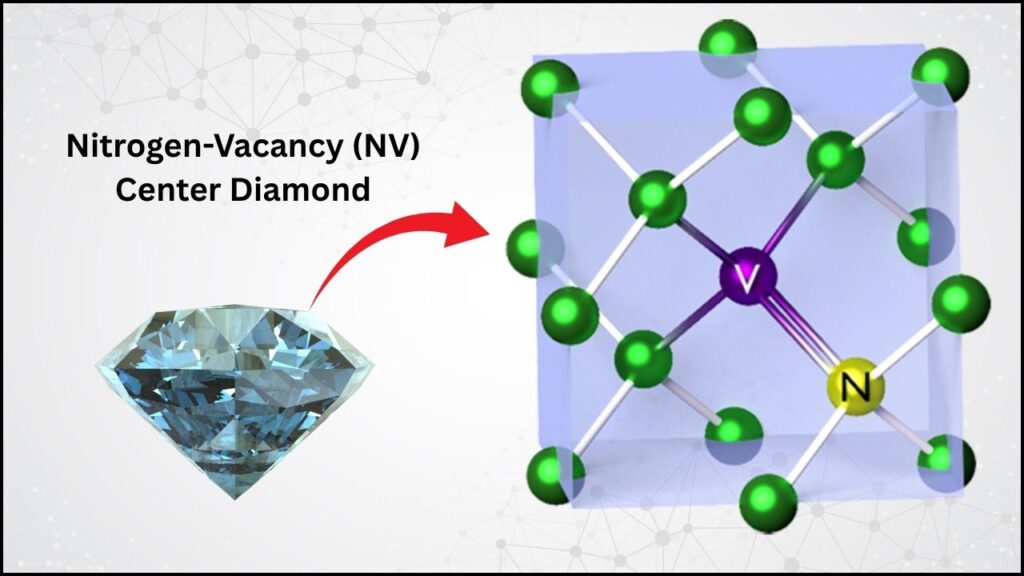Real-time quantum simulations are transforming how scientists and engineers understand the quantum world. In 2025, these simulations are not just theoretical—they are helping researchers and industry professionals solve real problems in chemistry, physics, materials science, and beyond. This article explores the breakthroughs, practical uses, and future potential of real-time quantum simulations, making the topic accessible for everyone from students to seasoned professionals.
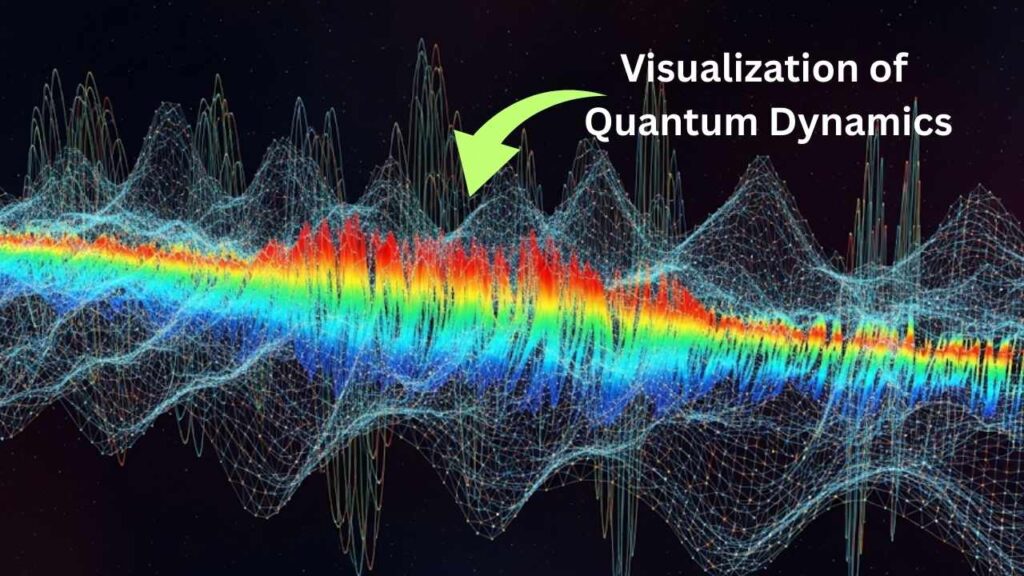
Table of Contents
Real-Time Simulations Now Unravel Complex Quantum Dynamics With Greater Clarity
| Topic | Details & Data | Career/Professional Info |
|---|---|---|
| Quantum Simulation Era | Quantum simulators now augment traditional methods, revealing real-time quantum dynamics | Quantum physicist, quantum engineer |
Real-time quantum simulations are opening new windows into the quantum world, enabling discoveries and innovations that were once unimaginable. With rapid advances in hardware, software, and practical applications, these simulations are set to revolutionize industries, accelerate scientific discovery, and inspire future generations.
What Are Real-Time Quantum Simulations?
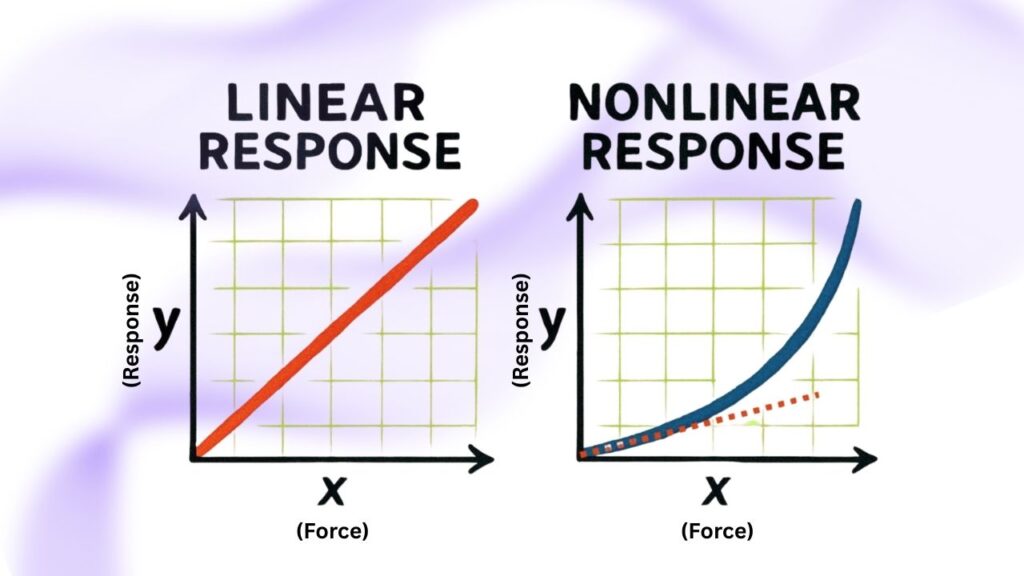
Real-time quantum simulations use advanced computers—often quantum computers—to mimic the behavior of quantum systems as they evolve over time. Unlike classical simulations, which can only approximate the behavior of a few quantum particles, quantum simulations can handle the complexity and randomness of quantum mechanics more naturally.
Why Are They Important?
- Quantum systems are extremely complex. Even simulating a handful of electrons can overwhelm the world’s fastest supercomputers.
- Real-time simulations allow us to “watch” quantum processes unfold, revealing secrets about chemical reactions, material properties, and even the early universe.
- These insights are leading to faster drug discovery, more efficient batteries, new materials, and breakthroughs in fundamental physics.
How Do Real-Time Quantum Simulations Work?
The Basics
- Classical computers use bits (0 or 1) to model systems, but quantum systems can exist in many states at once (superposition).
- Quantum computers use qubits, which can represent multiple possibilities simultaneously, making them ideal for simulating quantum phenomena.
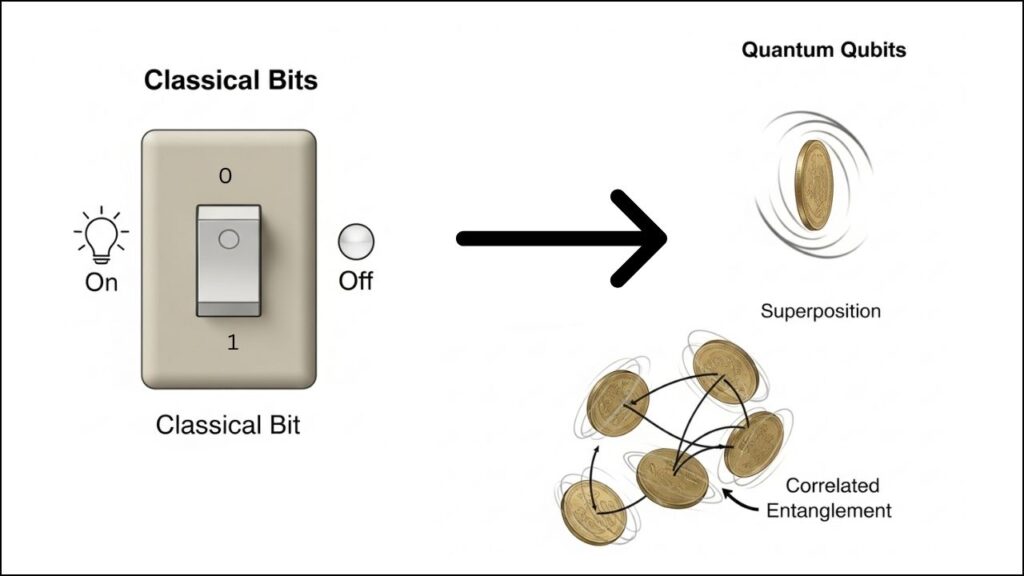
- Real-time simulation means tracking how a system changes moment by moment, rather than just calculating its final state.
Overcoming the Challenges
- The Sign Problem: Classical simulations of quantum systems often run into a “sign problem,” where calculations become noisy and unreliable. Quantum simulators don’t face this issue, allowing for clearer, more accurate results.
- Hardware Advances: Companies and research institutions are building larger, more reliable quantum processors. For example, new trapped-ion quantum computers and superconducting qubit arrays are enabling more complex simulations.
- Software & Algorithms: New algorithms, such as those for lattice quantum electrodynamics (QED), allow researchers to simulate the real-time behavior of particles and fields with unprecedented accuracy.
Breakthroughs in Real-Time Quantum Simulations
Simulating Chemical Dynamics
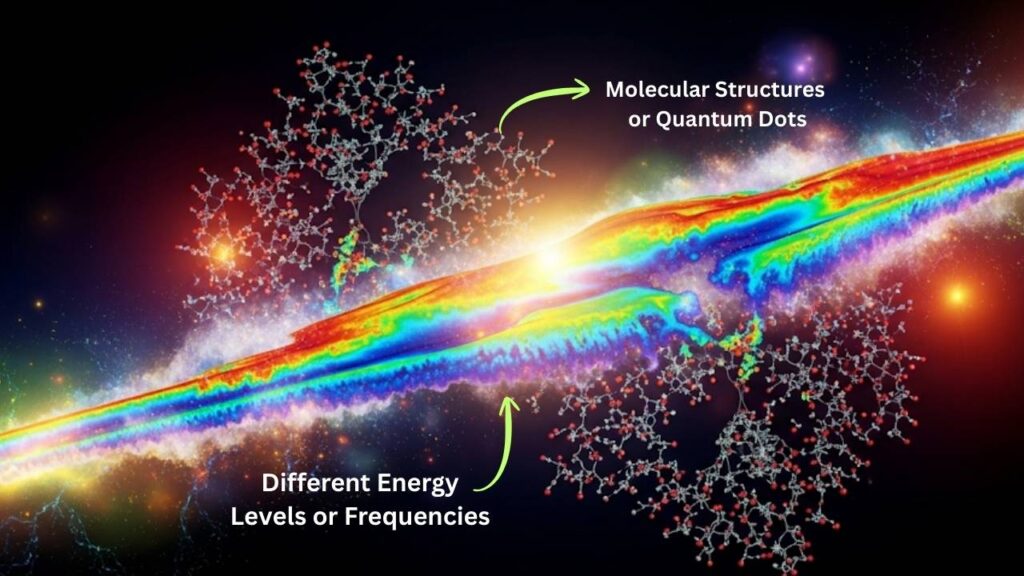
In a world-first, researchers at the University of Sydney have used a quantum computer to simulate the real-time chemical dynamics of actual molecules. This leap means scientists can now observe how molecules behave when excited by light—a process involving ultrafast changes that classical computers struggle to model. This breakthrough could revolutionize medicine, energy, and materials science by allowing us to design new drugs, catalysts, and materials with quantum-level precision.
Imagine watching a mountain hiker not just at the start and finish, but at every step of the journey. That’s what real-time quantum simulation does for molecules as they react and interact.
High-Energy Physics and Fundamental Forces
Quantum simulators are now being used to explore some of the most mysterious phenomena in physics, such as the dynamics of the early universe, black hole evaporation, and the dense interiors of neutron stars. These are scenarios where classical computers fail due to the overwhelming complexity and the infamous “sign problem.” Quantum simulators naturally evolve systems in real time, opening new frontiers in fundamental research.
Lattice QED and Particle Interactions
Recent research has produced efficient algorithms for simulating quantum electrodynamics (QED) in real time on a lattice. This means scientists can now model the interactions of light and matter at a fundamental level, tracking how particles and fields evolve—a task previously out of reach for classical computers. These simulations are crucial for understanding the building blocks of matter and could eventually help solve long-standing problems in nuclear and particle physics.
Industry Applications
- Pharmaceuticals: Accurate molecular modeling is revolutionizing drug discovery, allowing for the design of new medicines at the quantum level.
- Materials Science: Quantum simulations are helping to create stronger, lighter, and more efficient materials for everything from batteries to aerospace.
- Semiconductor Analysis: Quantum tools are being used to analyze and improve the reliability of semiconductor chips, which power our digital world.
- Energy: Simulations are enabling the design of better catalysts and more efficient energy storage systems.
Practical Advice: How to Get Started with Quantum Simulations
For Students and Beginners
- Learn the Basics: Start with online resources from reputable institutions to understand quantum mechanics and computing.
- Try Simulators: Use free quantum computer simulators like IBM’s Qiskit, Microsoft Azure Quantum, or Google’s TensorFlow Quantum to run simple experiments on your laptop.
- Join Communities: Participate in hackathons, online courses, and forums to connect with other learners and experts.
For Professionals and Researchers
- Stay Updated: Follow major conferences and read journals for the latest breakthroughs.
- Use Cloud Platforms: Access real quantum hardware via cloud services, which offer hybrid quantum-classical workflows.
- Collaborate Across Fields: Quantum simulations are transforming chemistry, physics, materials science, and more. Interdisciplinary teams are driving the most exciting discoveries.
Step-by-Step Guide: How Quantum Simulations Are Used
Step 1: Define the Problem
Scientists start by identifying a quantum system they want to study—such as a molecule, a material, or a set of interacting particles.
Step 2: Choose the Right Tool
Depending on the complexity, they may use:
- Classical simulators for small systems.
- Quantum simulators or hybrid quantum-classical platforms for larger, more complex problems.
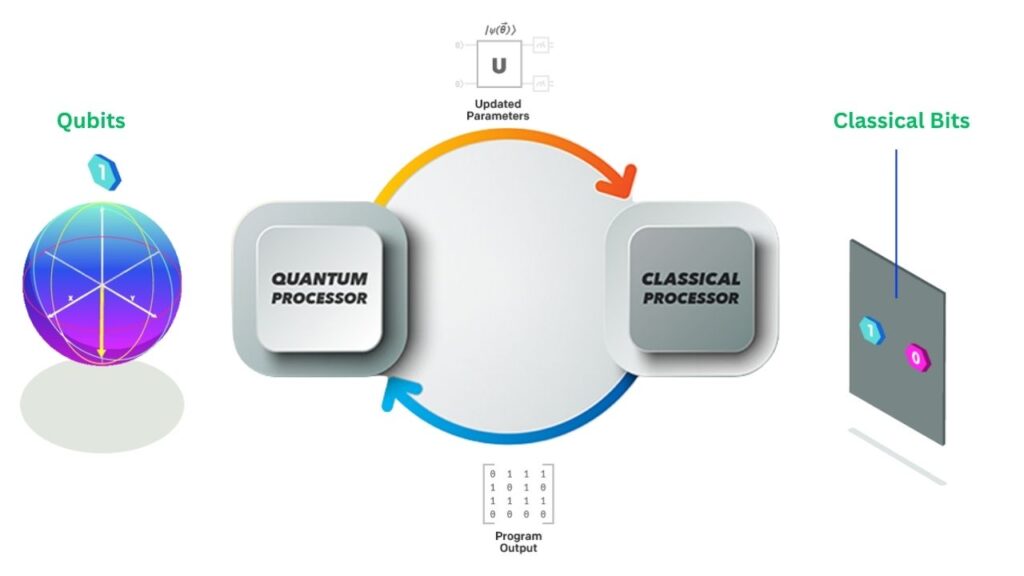
Step 3: Model the System
The system is translated into mathematical equations (Hamiltonians) that describe its energy and interactions.
Step 4: Run the Simulation
- On a quantum computer, qubits are prepared in an initial state.
- The system is evolved in real time, step by step, tracking how it changes.
Step 5: Analyze Results
Scientists study the data to discover new properties, test theories, or design better materials and devices.
Real-World Examples: Quantum Simulations in Action
1. Chemical Dynamics
Researchers have now simulated the real-time dynamics of molecules, capturing how they interact with light and undergo chemical changes. This was achieved using a resource-efficient encoding scheme on a trapped-ion quantum computer, marking a significant milestone for quantum chemistry.
2. High-Energy Physics
Quantum simulators are being used to model the evolution of particle interactions in real time, providing insights into phenomena that classical computers cannot handle due to computational limitations.
3. Materials and Energy
Quantum simulations are helping design new materials for batteries and catalysts, improving efficiency and sustainability in energy production and storage.
4. Semiconductor Analysis
Quantum tools are enabling the atomic-level analysis of semiconductor chips, helping improve the reliability and performance of electronic devices.
Quantum Scientists Propose New ‘Zeroth Law’ of Entanglement That May Reshape Physics
New Discovery in Atomic Physics Could Unlock Powerful Quantum Behaviors in Ultra-Cold Matter
Time May Not Be What We Think—Quantum-Scale Study Challenges Fundamental Physics
FAQs About Real-Time Simulations Now Unravel Complex Quantum Dynamics With Greater Clarity
What is a real-time quantum simulation?
A real-time quantum simulation uses advanced computers to watch how a quantum system changes from moment to moment, rather than just predicting its final outcome.
Why are quantum simulations important?
They help us understand and design new materials, medicines, and technologies by revealing how quantum systems behave in ways that classical computers can’t.
Can I try quantum simulations at home?
Yes! Platforms like IBM Qiskit, Microsoft Azure Quantum, and Google’s TensorFlow Quantum offer free access to simulators and even real quantum hardware for educational use.
What industries are using quantum simulations?
Pharmaceuticals, energy, electronics, aerospace, and finance are just a few sectors investing in quantum simulation for research and product development.
What’s next for quantum simulations?
As hardware and algorithms improve, quantum simulations will tackle even more complex problems, from climate modeling to cryptography and beyond.
The Road Ahead: The Quantum Revolution
Quantum computing and real-time simulations are progressing rapidly. In 2025, the field is moving from pure research to practical impact. Companies and governments worldwide are investing heavily, recognizing the strategic value of quantum technology. The transition from noisy, small-scale devices to more reliable and scalable quantum computers is underway, with error correction, improved hardware, and refined algorithms at the forefront.
For professionals and organizations, now is the time to build quantum expertise and explore pilot use cases. Early adopters—much like those in the early days of classical computing—will be best positioned to benefit as the technology matures and delivers broad commercial value.

